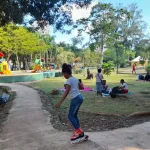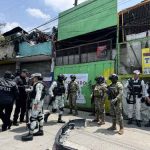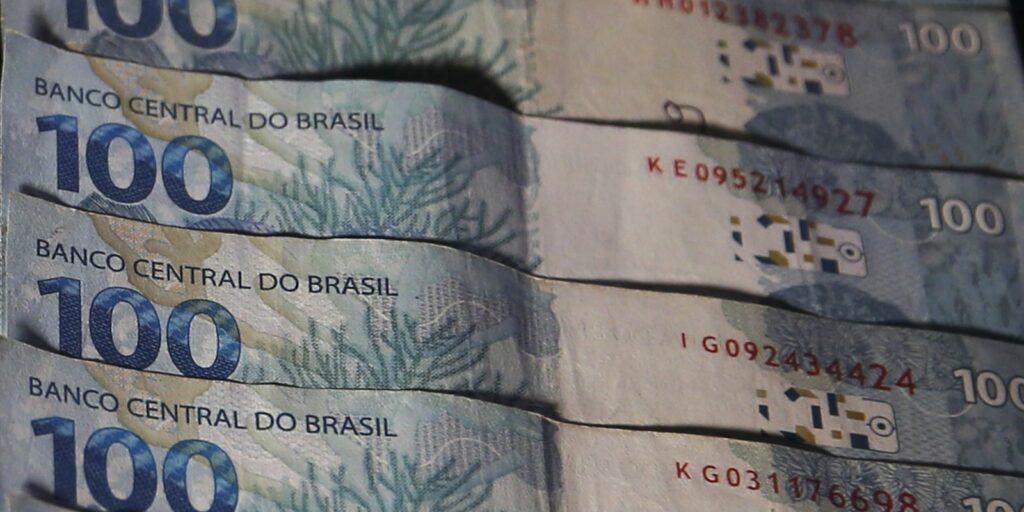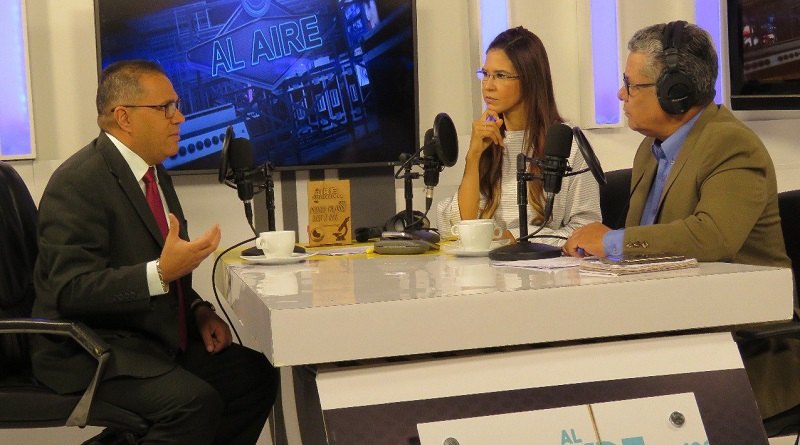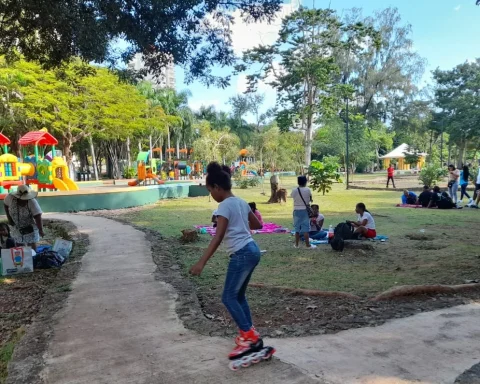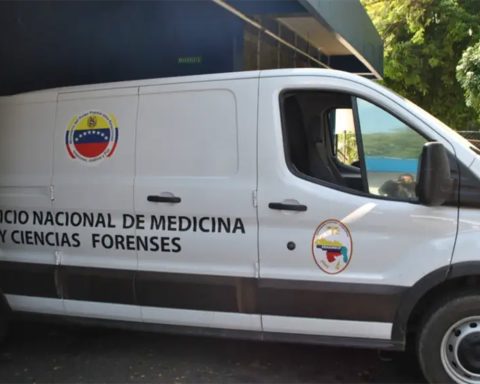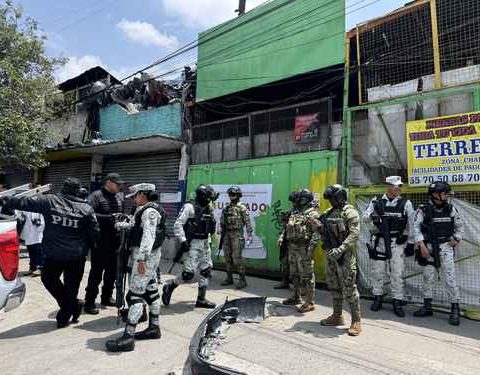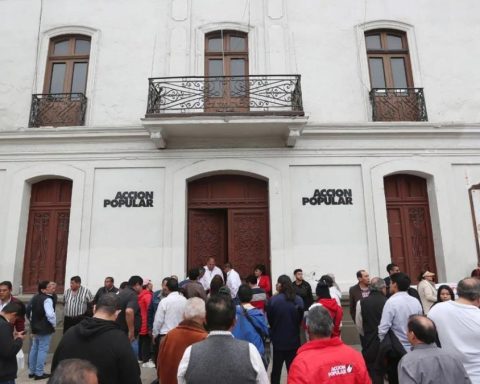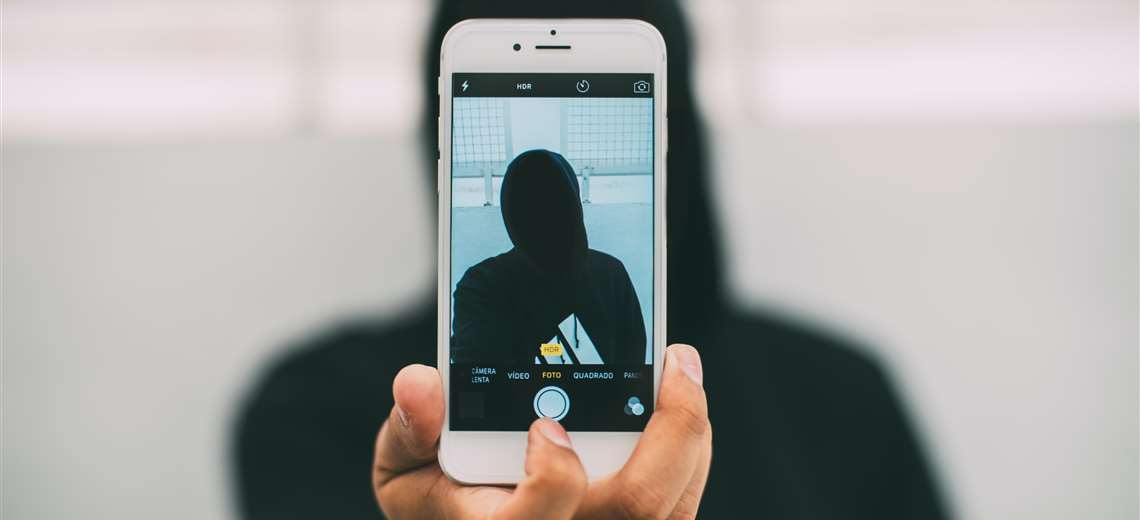
April 14, 2023, 7:25 AM
April 14, 2023, 7:25 AM
Cándido C. is the driver of a bus that, last Monday, April 10, ran over and killed a dog in the La Cuchilla area of the city of Santa Cruz de la Sierra. He was sentenced to three years in prison for the crime of biocide.
After acknowledging his guilt, the photo and data of the older adult were disseminated by government authorities and replicated countless times on social networks.
With the diffusion of the photo and the name of the person is violated a fundamental right that is guaranteed by the Constitution: the right to one’s own image. The Magna Carta safeguards this principle and prevents a third party from disclosing, reproducing or publishing a person’s image without their authorization.
Specifically, Article 21 of the CPE explicitly recognizes the right to one’s own image, along with the right to privacy and honor. “Bolivians and Bolivians have the following rights: (…) To privacy, intimacy, honor, honor, own image and dignity.”
In case of violation of this right, the victim is provided for “the right to compensation, reparation and compensation for damages in a timely manner.”
Raúl Peñaranda, president of the Association of Journalists of La Paz, and Gabriel Romano, international news correspondent and professor of Journalism at the Franz Tamayo University, Unifranz, discuss the scope of this right and its fulfillment as a society.
“I consider that the right to image and freedom of expression are not contrary elements, so the first should not be pointed out as a limit to the second. Rather, it is necessary to establish that the right to the image, if understood as a right of individuals to protect their privacyis a part fundamental of serious journalism and that it is exercised based on ethical codes”, says Romano.
Right to image: a virtually non-existent right
For his part, Raúl Peñaranda maintains that the right to image in Bolivia is practically not respected. “It is a virtually non-existent right and it is not in the tradition of the media or of society itself”, he indicates.
Daily government authoritieslike governments of the pastexhibit the face, the figure, the image of the detainees who are suspects. Some media have begun to take care to blur the faces in their photographs (…). The problem is originated by the authorities and the media continue”, says Peñaranda.
For the current president of the Association of Journalists of La Paz, it is not a limit because only refers to “private” or non-news topics, secondly, because in fact it is not fulfilled. “The Printing Law protects that right.”
Consequences of the violation of the right to the image
The violation of the right to the image has consequences at different levelssays Roman. At the legal level, with the exposure of a person accused of a crime without his guilt having been proven (the authorities and the Police often do it) and at a social level, when the image of a victim of a crime is exposed and placed in a state of greater vulnerability.
“At the journalistic level, there is an ambivalence since the violation of the right to the image can generate more audience, but at the same time it places the medium in a condition of discredit and lack of professional rigor,” he points out.
Meanwhile, Peñaranda says that when the faces of suspects of a crime are shown, for the rest of society, they are already guilty, when a process has not even begun and they have only been arrested.
“That is a right that is respected in almost all countries, but in our country there is no concept of the rule of law and due process”, concludes journalist.






